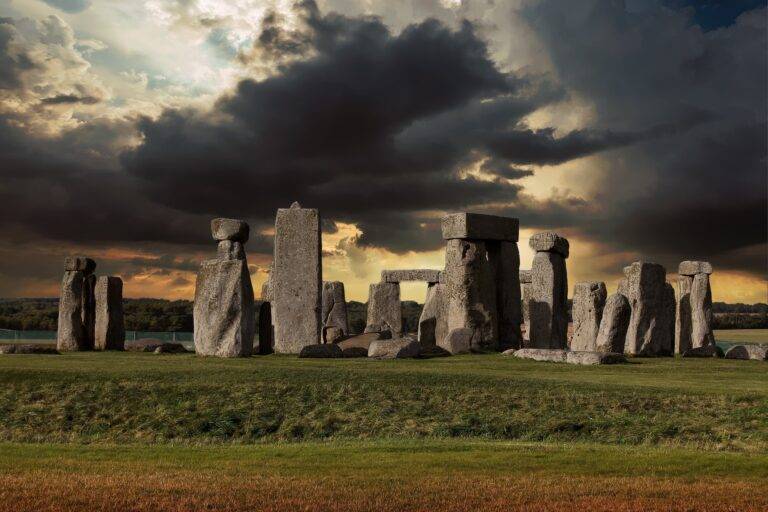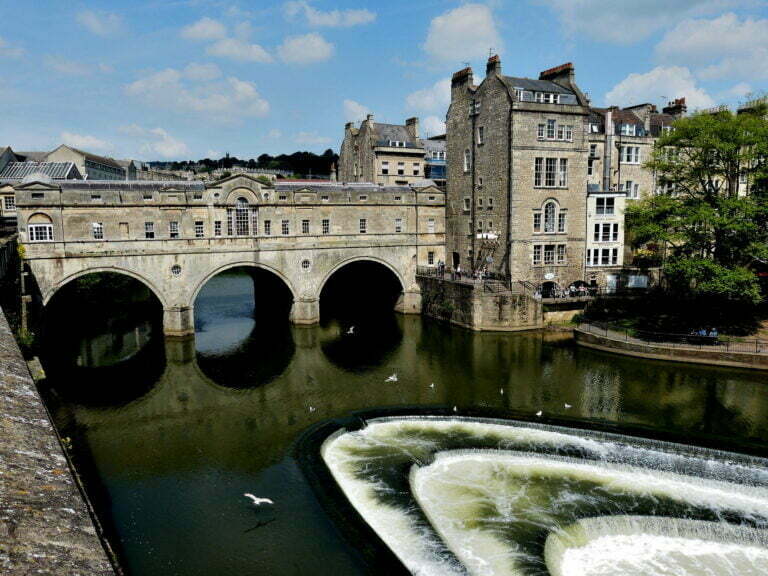UK landmarks: The United Kingdom, or UK, is home to numerous landmarks with significant cultural heritage and historical importance. These landmarks showcase the country’s rich history, architectural prowess, and cultural contributions to the world. Here’s how the UK’s cultural heritage and historical significance contribute to the importance of its landmarks:
UK Landmarks and Places to Visit
1. Historical Significance: UK landmarks bear witness to their long and eventful history. Sites like the Tower of London, Stonehenge, and Hadrian’s Wall offer insights into different periods, from medieval castles to ancient civilizations. They provide a tangible connection to England’s past and the historical events that shaped the nation.
2. Architectural Marvels: The UK boasts remarkable architectural landmarks, such as Westminster Abbey, Buckingham Palace, and St. Paul’s Cathedral. These structures showcase various architectural styles, from Gothic and Tudor to Georgian and modern, reflecting England’s evolving tastes and expertise in construction.
3. Cultural Identity and National Symbols: Landmarks like the Big Ben and the British Museum are iconic symbols of the UK’s cultural identity. They represent the country’s influence on world history, its achievements in art and science, and its contributions to global culture.
4. UNESCO World Heritage Sites: The UK is home to many UNESCO World Heritage Sites, including Bath, Durham Cathedral, and the Palace of Westminster. These designations recognize the outstanding universal value of these landmarks, preserving them for future generations and highlighting their importance to humanity.
5. Literary and artistic legacy: The UK has been the birthplace of numerous literary giants, including William Shakespeare, Jane Austen, and Charles Dickens. Landmarks like Shakespeare’s Globe Theater and Dickens’ house in London pay tribute to these literary figures and their enduring impact on literature and the arts.
6. Tourism and Economic Impact: UK landmarks attract millions of tourists every year, contributing to the country’s economy. The tourism industry around these landmarks supports local businesses, creates jobs, and fosters cultural exchange.
7. Educational and Research Value: UK landmarks are significant educational resources. They provide opportunities for research, study, and historical exploration, enriching academic knowledge in fields such as history, archaeology, and art history.
8. Preservation of Cultural Traditions: Many of the UK landmarks are protected and preserved, ensuring the continuity of cultural traditions and craftsmanship. Restoration efforts uphold the historical and cultural integrity of these sites, safeguarding their value for future generations.
9. Inspiration and Cultural Influence: UK landmarks have inspired artists, writers, and filmmakers around the world. They have featured prominently in literature, films, and art, perpetuating England’s cultural influence globally.
In summary, the United Kingdom’s (UK) cultural heritage and historical significance are intrinsic to the importance of its landmarks. These sites serve as living reminders of the nation’s past achievements, artistic brilliance, and contributions to world history. Preserving and celebrating these landmarks contributes to a deeper understanding and appreciation of England’s cultural identity and historical legacy.
Top Attractions in UK Travel Destinations

Saltaire Shipley England

New Lanark

Heart of Neolithic Orkney

Stonehenge Avebury and Associated Sites

St Kilda Scotland

Ironbridge Gorge England

Blaenavon Iron Works
